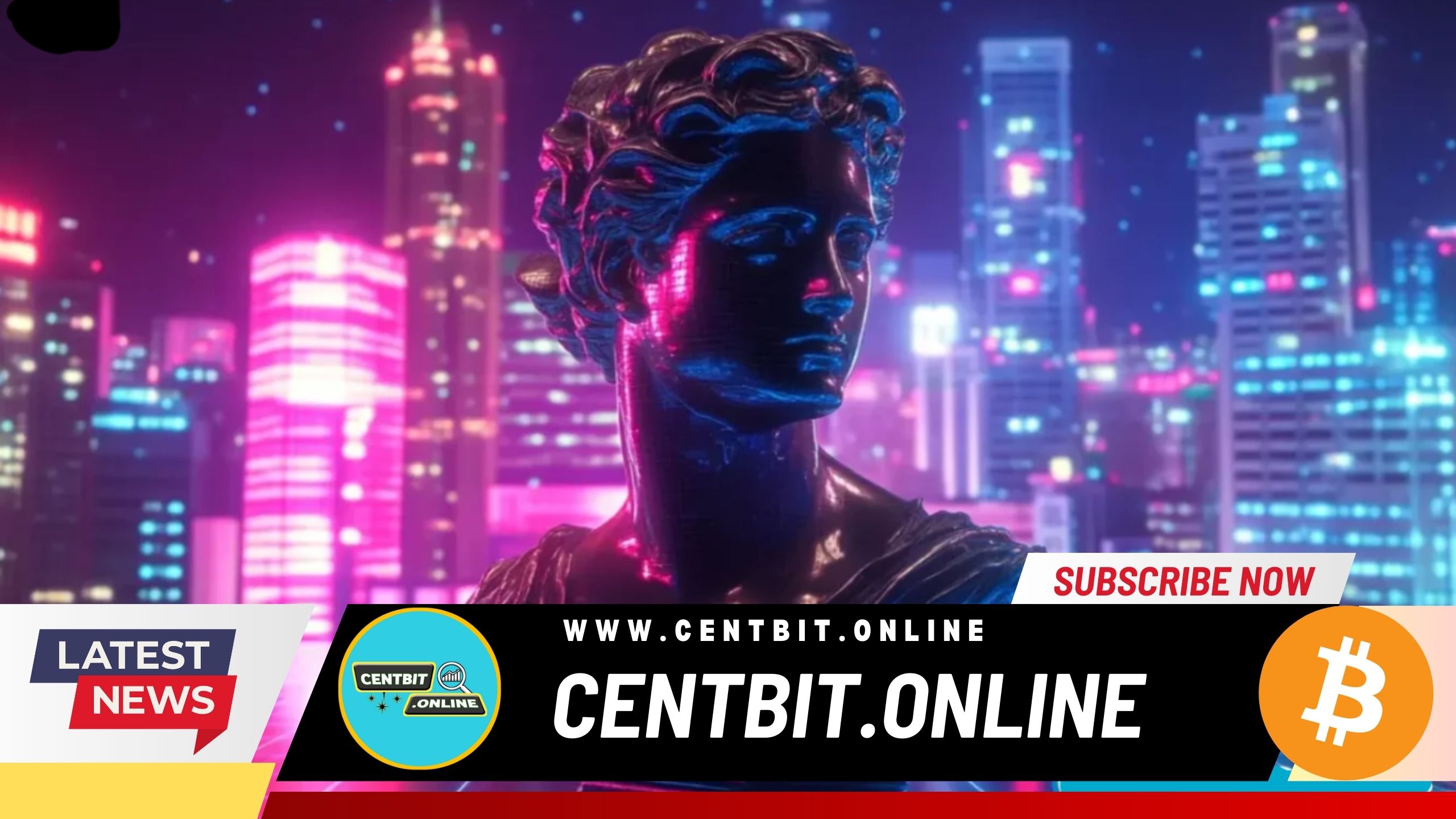In 2025, Refik Anadol and Efsun Erkiliç co-founded Refik Anadol Studio and are set to launch DATALAND, an immersive AI art and NFT museum at The Grand LA, a Frank Gehry-designed development in downtown Los Angeles. DATALAND represents a groundbreaking model of artistic expression in the digital age, pushing immersion to new levels, including AI-powered scents in the galleries. As Refik Anadol explained:
“We’re not revealing all the details about DATALAND’s programming yet, but it will feature opportunities for AI artists to showcase their work both physically and virtually. Those who cannot travel to LA will still have access to the art and can purchase NFTs of the AI artwork minted on Ethereum-based platforms and other sustainable chains.”
DATALAND’s announcement took place during Climate Week NYC, coinciding with the United Nations General Assembly (UNGA) gathering, where world leaders addressed pressing global issues. The museum’s first exhibitions will utilize the Large Nature Model, an open-source AI model based on environmental data, to create immersive, AI-powered digital art that raises awareness about environmental conservation. This model was previously showcased at the 2024 World Economic Forum in Davos and the UNGA in New York. As UN Under-Secretary-General Melissa Fleming remarked:
“Refik Anadol’s work is a powerful reminder of the beauty and fragility of our planet. It’s a call to action for world leaders to use technology like AI art and NFTs to protect our environment before it’s too late.”
Anadol Studio has collaborated with leading tech companies and showcased its work in over 70 cities on six continents. Exhibition venues include the MoMA, Centre Pompidou-Metz, Venice Architecture Biennale, Hammer Museum, Serpentine Galleries, and many others. According to Refik:
“Launching DATALAND in Los Angeles feels like the perfect choice. LA has always looked towards the future in art, cinema, and architecture, and with DATALAND, we aim to redefine the museum experience by combining human creativity with machine intelligence.”
The Convergence of AI Art, Blockchain, and NFTs
DATALAND will use millions of photos and data from partner museums like the Smithsonian and London’s Natural History Museum to create its installations. This collaboration reflects a broader trend in the art world where AI, blockchain, and NFTs are converging, redefining artistic ownership and curation.
The history of AI art stretches back to the 1950s with early experiments in computer-generated visuals. One of the earliest AI-driven programs, AARON, created by Harold Cohen, made its debut at the Los Angeles County Museum of Art in 1972. Since then, AI art has evolved through advancements in algorithms and deep learning, pushing the boundaries of creativity.
In 2014, Kevin McCoy issued the first-ever NFT art, marking the intersection of blockchain and digital art. By 2018, Christie’s became the first auction house to sell AI artwork and hosted its first Art + Tech Summit, focusing on blockchain and AI. This marked the beginning of blockchain’s influence in the art world, integrating digital art with NFTs and offering new ways to own and verify artwork.
The Role of Museums in the NFT Revolution
Museums have started to embrace AI art and NFTs. The Whitney Museum, under the leadership of digital curator Christiane Paul, became one of the first major institutions to collect NFTs. The Museum of Modern Art (MoMA) has also cautiously entered the NFT space, acquiring Refik Anadol’s Unsupervised for its permanent collection in 2023.
Institutions like ZKM | Center for Art and Media Karlsruhe in Germany have explored AI’s role in museum exhibitions. ZKM’s Intelligent Museum project, backed by the German Federal Cultural Foundation, focuses on integrating AI technologies into museum curation, providing a social space for art, science, and technology.
The future of museums lies in their ability to adapt to the growing influence of AI art and NFTs. More than 100 “immersive” institutions globally, such as the Seattle NFT Museum, Guggenheim Museum, Centre Pompidou, and Buffalo AKG Art Museum, are exhibiting AI-generated art and NFTs on a large scale. These exhibitions draw massive audiences and merge human creativity with machine intelligence.
A New Paradigm in Art and Ownership
AI-generated art and NFTs offer new ways for museums and collectors to engage with art. With NFTs providing verifiable ownership through blockchain, digital art is becoming more integrated into traditional art spaces. As Kevin McCoy expressed:
“I’m heartened by Refik Anadol’s launch of DATALAND. He is setting an example with his ethical AI initiative and commitment to preserving and exhibiting AI art. In this context, NFTs and blockchain technology will play a central role in authenticating and preserving this new wave of digital creativity.”
As the popularity of AI-generated art and NFTs continues to rise, they will likely reshape how museums and collectors approach art ownership, exhibition, and preservation, marking a new era for the art world.
For more insights on the convergence of AI, blockchain, and art, visit CentBit.Online – Crypto & Blockchain Expert Bangladesh.



